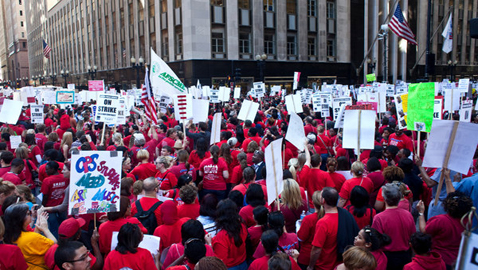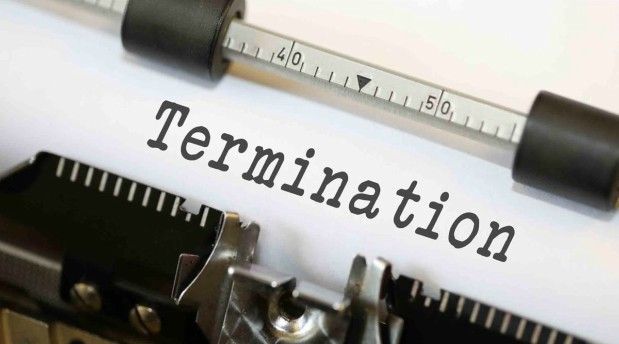Chicago Teachers Strike: Both Sides Settle For A Tie: But Who Got What?
Post Views 1
However, there is a strong undercurrent that in the give-and-take there was more than what meets the eye and the general consensus is that the after effects are likely to reverberate, not only in Chicago, but all around the country.
So were there any victors in this dispute? What did either side lose and what did they gain?
Money wise the city made little concessions. The new contract raises a total of 7 percent over three years and an addition 3 percent in the fourth year. This is way short of the asked for 30 percent by the Teachers Union. Ironically it is even less than the 16 percent that Mayor Rahm Emanuel says he had initially offered. Inspite of these Chicago teachers will remain amongst the highest paid teachers in the country. Emanuel will have to shell out an additional $300 million over the next four years. Money wise both come out as losers.
In terms of working hours the teachers union is a clear cut winners. It has foiled all the Mayor’s attempts to increase working hours. They accepted an increase to 7 hours a day from 5 hours and 45 minutes at elementary schools, and to 7 1/2 hours from 7 hours. But the high school students will spend these extra hours in the study hall and the teachers will not have to teach them. Moreover, any further change in teaching hours will need teacher approvals.
The most contentious issue, teachers’ evaluations, would have left many bruised egos had there been any distinct winners. So they came out with a solution that left both sides feeling that they had won. The evaluation proposal has been enmeshed in verbiage that includes words like class-observers, student feedback and alternative measures and phased-in, that in reality means that currently the old system prevails without too much change – they have just kicked the ball ahead and hope that the future will take care of it.
In the matter of layoffs, Emanuel has had his way and he returns to his corner the victor. The new system is intricate but clear. Teachers would be laid-off based on performance and seniority. It was assumed that if the poor performing teacher is fired, which is the right thing to do; the tenured teachers would have more job security.
However, in the next round of rehiring, Emanuel is found wanting and the teachers win this round. Teachers, whose schools close, will get first preference in jobs at schools where the students move. Schools will function effectively if the Principals can chose teachers of their preference.
In public opinion, the overwhelming public sympathy that the teachers had gathered initially was watered down somewhat as they toughened stance and were perceived as obdurate and unbending. The Mayor whose personal career was at a stake who initially was seen as somewhat autocratic and domineering in his approach came out of the mess enhancing his rigid determination to make a change to the educational system.
If he was responsible for starting the chaos, he can take credit for bringing it an amicable conclusion, but his image has been tarnished a bit.
Ms. Lewis confessed that the contract wasn’t perfect, but acquiesced: “Do we stay on strike forever until every little thing we want can be gotten? We feel very positive about moving forward. We feel grateful that we have a united union and that when a union moves together, amazing things happen.”
For his part, Emanuel called the contract “an honest compromise” where “we gave our children a seat at the table.”
Chicago Teachers Strike: Both Sides Settle For A Tie: But Who Got What? by Harrison Barnes


 10 Things to Look for When Hiring
10 Things to Look for When Hiring  5 Ways You Can Hire and Keep the Best Employees for Your Company
5 Ways You Can Hire and Keep the Best Employees for Your Company  Is Music in the Office Appropriate?
Is Music in the Office Appropriate?  Fake FMLA Requests Can Be Overcome
Fake FMLA Requests Can Be Overcome  When to Visit Human Resources
When to Visit Human Resources  10 Steps to Properly Fire an Employee
10 Steps to Properly Fire an Employee  Is It Legal to Refuse to Hire Smokers?
Is It Legal to Refuse to Hire Smokers?  Generation Y is Changing Corporate America
Generation Y is Changing Corporate America